Friday, September 5, 2008
PROMINENT CITIZEN ASSAULTED EMPLOYEE (the sequel)
Part two of Alan Wade's account of a little known Port Arthur/Loon Lake incident.
As we saw in the previous post (see below), Col. Little, a prominent local businessman, attacked his 69-year-old gardener, John Neilson, on September 25, 1921 at Loon Lake during a dispute over wages. After the confrontation, Neilson went to lawyer Byers' place. Byers took him to the place of Dr. Spence, who administered first aid. Neilson then took the train to Fort William and went to McKellar Hospital, where he stayed until June 5 the following year and underwent three operations.
At 2:20 p.m. on Friday, November 3, 1922, the jury came out with its verdict in the civil court case which resulted from this incident.
Frank Keefer, the Colonel's lawyer had argued that Neilson was falsely claiming that a previous medical condition had been caused by the confrontation and that he was exaggerating the extent of his injuries with the active encouragement of others, in particular his lawyer, Byers. Keefer: "We have proposed to show that the medical attention given had nothing to do with the case. I propose to show that he didn't have to go to the hospital; to show that it is the worst trumped up thing you ever heard of."
Keefer had the following exchange with Dr. Gillespie: "He was kept around the hospital for kindly motives?/ He had no place to go. Did the doctors have anything to do with keeping him there?/ They asked us and we said we couldn't turn him in the street."
With Dr. Cook: "You found this obstruction and you knew that was the accumulation of a long while?/ Probably yes."
He elicited this testimony from Dr. Crozier, a friend of the Colonel's: "I examined him thoroughly and found his right ear and cheek swollen, the apparent effect of a blow. He had no other marks. He was complaining of his bladder. I asked him if he ever had that trouble before. He told me he had it frequently. He said he had it with every cold. I thought, like Col. Little, there was an unscrupulous lawyer trying to make something out of it."
Little continued this theme when questioned by Byers: "I began to think there was a conspiracy going on and sent Dr. Crozier over. There were still further rumours among them that Neilson was dead. I thought you were doing a little ambulance chasing."
Byers' strategy was to emphasize the seriousness of Neilson's injury. He elicited this testimony from Neilson: "My head is not so sound; headache, aches over my eyes. I'm dizzy. I'm nervous, get easily excited; after all that pain in the hospital. I don't hear so good with my right ear. I don't see so good. My memory is not so good. I can't grasp anything so quick. I have an ache in the small of my back. My arms are weak and shaking. My hands, I can't close them together. I can't hold my coat to put it on. I have pain in my knees nights and days. I can't bend my knees. The calves are aching. I can't lift anything to speak of."
Dr. Cook testified that Neilson's right eye was swollen, his right cheek discoloured and his abdomen distended. On October 3 he operated because of an injury to his bowels from mauling or bruising.
Byers' arguments convinced the jury. It awarded Neilson $2,490- $250 for doctors, $250 for hospital, $1100 for loss of earning power, $500 for indignity, and $390 for suffering.
(My thanks to Dave Nicholson, local genealogist, for giving me the tip for and source references to this story.)
As we saw in the previous post (see below), Col. Little, a prominent local businessman, attacked his 69-year-old gardener, John Neilson, on September 25, 1921 at Loon Lake during a dispute over wages. After the confrontation, Neilson went to lawyer Byers' place. Byers took him to the place of Dr. Spence, who administered first aid. Neilson then took the train to Fort William and went to McKellar Hospital, where he stayed until June 5 the following year and underwent three operations.
At 2:20 p.m. on Friday, November 3, 1922, the jury came out with its verdict in the civil court case which resulted from this incident.
Frank Keefer, the Colonel's lawyer had argued that Neilson was falsely claiming that a previous medical condition had been caused by the confrontation and that he was exaggerating the extent of his injuries with the active encouragement of others, in particular his lawyer, Byers. Keefer: "We have proposed to show that the medical attention given had nothing to do with the case. I propose to show that he didn't have to go to the hospital; to show that it is the worst trumped up thing you ever heard of."
Keefer had the following exchange with Dr. Gillespie: "He was kept around the hospital for kindly motives?/ He had no place to go. Did the doctors have anything to do with keeping him there?/ They asked us and we said we couldn't turn him in the street."
With Dr. Cook: "You found this obstruction and you knew that was the accumulation of a long while?/ Probably yes."
He elicited this testimony from Dr. Crozier, a friend of the Colonel's: "I examined him thoroughly and found his right ear and cheek swollen, the apparent effect of a blow. He had no other marks. He was complaining of his bladder. I asked him if he ever had that trouble before. He told me he had it frequently. He said he had it with every cold. I thought, like Col. Little, there was an unscrupulous lawyer trying to make something out of it."
Little continued this theme when questioned by Byers: "I began to think there was a conspiracy going on and sent Dr. Crozier over. There were still further rumours among them that Neilson was dead. I thought you were doing a little ambulance chasing."
Byers' strategy was to emphasize the seriousness of Neilson's injury. He elicited this testimony from Neilson: "My head is not so sound; headache, aches over my eyes. I'm dizzy. I'm nervous, get easily excited; after all that pain in the hospital. I don't hear so good with my right ear. I don't see so good. My memory is not so good. I can't grasp anything so quick. I have an ache in the small of my back. My arms are weak and shaking. My hands, I can't close them together. I can't hold my coat to put it on. I have pain in my knees nights and days. I can't bend my knees. The calves are aching. I can't lift anything to speak of."
Dr. Cook testified that Neilson's right eye was swollen, his right cheek discoloured and his abdomen distended. On October 3 he operated because of an injury to his bowels from mauling or bruising.
Byers' arguments convinced the jury. It awarded Neilson $2,490- $250 for doctors, $250 for hospital, $1100 for loss of earning power, $500 for indignity, and $390 for suffering.
(My thanks to Dave Nicholson, local genealogist, for giving me the tip for and source references to this story.)
Subscribe to:
Post Comments (Atom)














































































































































































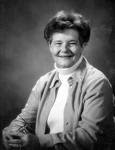


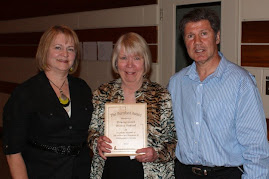









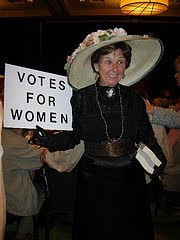






















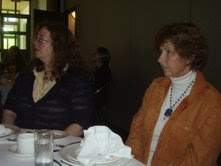



















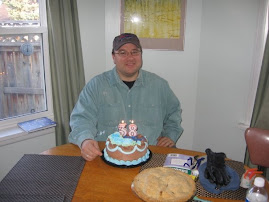

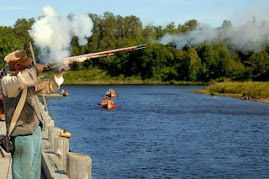














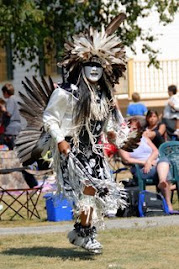

















No comments:
Post a Comment